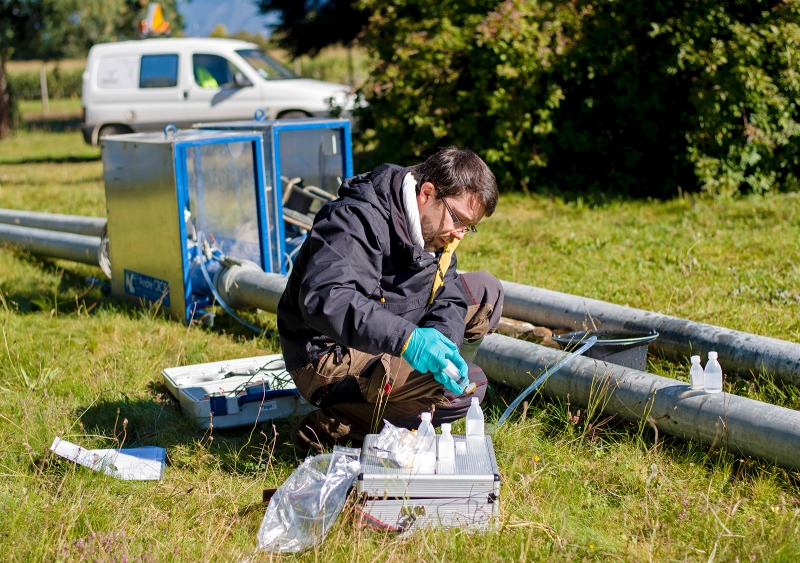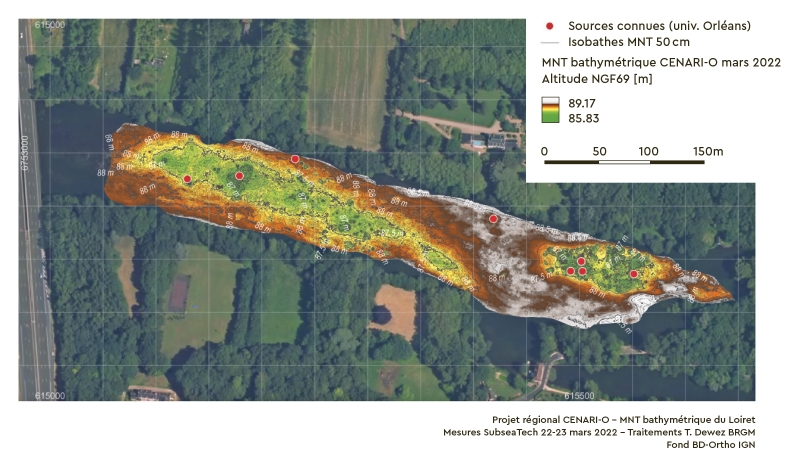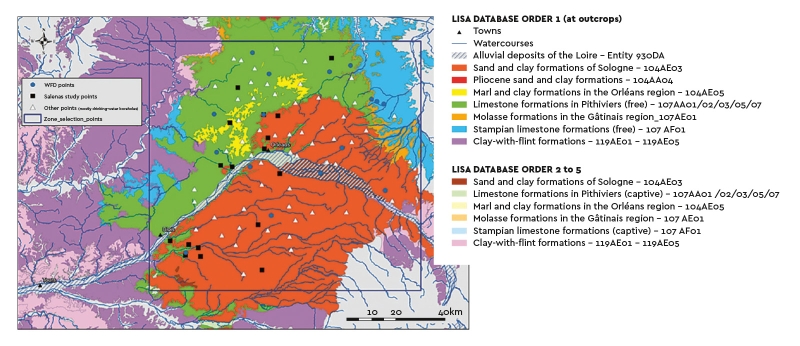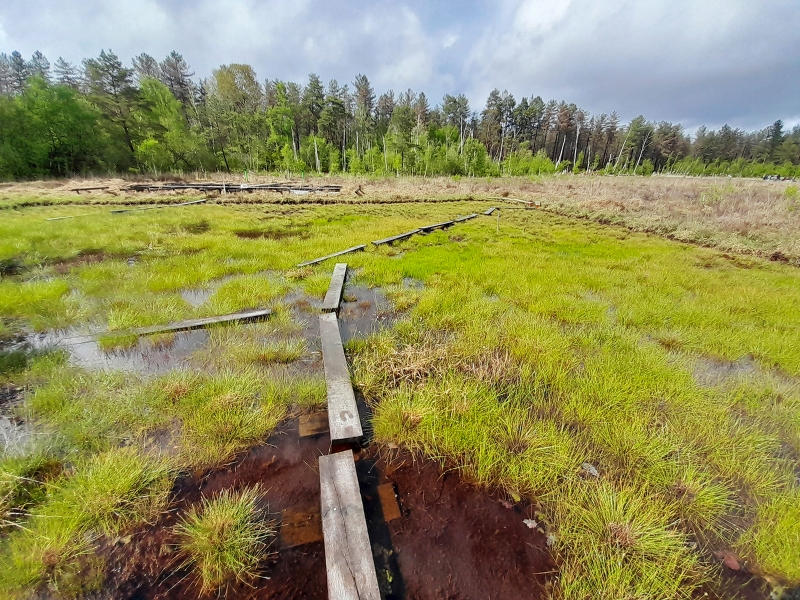Sampling water to assess its quality and detect potential pollutants, Pontcharra, Isère. © BRGM
Groundwater management
In brief
AQUAREF: technical support for the regulatory monitoring of water bodies
As part of AQUAREF, the national reference laboratory for monitoring aquatic environments, BRGM manages the operations aimed at defining the national analytical benchmarks (quantification limits) for the regulatory monitoring of groundwater and surface water bodies. This mission involves managing a database of over 1,000 elements of performance-related data corresponding to the same number of "parameter/matrix" pairs. This involves taking into account the environmental requirements (toxic or eco-toxic effect values) as well as the capacities of the laboratories.
Moreover, in order to produce more reliable and usable monitoring data on phytosanitary products, BRGM launched a specific project which aims to establish a link between the active substances sold on the market and the chemical forms analysed by the laboratories. This project will continue until 2026. It is sometimes difficult to establish this link, which therefore makes it difficult to assess the environmental impact of these substances (via the ADES or Naïades databases, for example).
Understanding exchanges between aquifers and rivers with the CENARI-O project
CENARI-O, a research project being conducted in the Centre-Val de Loire region, draws on a multi-criteria method to characterise aquifer-river exchanges. This innovative, integrated, multi-scale approach has been used to study the Loiret river and has enabled us to understand the exchanges and mixtures between the two bodies from a spatial perspective, from the source to the Loire-Loiret confluence, as well as from a time-based perspective during high-water and low-water periods.
Location of low-lying areas in the Tacreniers basin, on the Loiret river. © BRGM – T. Dewez
Impact of human activities on water and nutrient transfers
The NUTRI-Karst project (in Franche-Comté) aims to understand the impact of human activities (agriculture, domestic waste) on the pollution of water by nutrients. The project looks at different scales, from the karst-based spring and the catchment basin (La Loue) to the region (Jura massif) as a whole. The initial results show that excess nitrogen transferred by the water account for an average of 20% of the quantities brought into the catchment basins, the origin of which is mainly agricultural, linked to dairy farming. Even though extensive agriculture is predominant in the area, the chronic deterioration in water quality illustrates the vulnerability of karst basins.
"BIODIVEAU" project at the service of micro-biodiversity
The aim of the BIODIVEAU project is to assess the potential of tools for characterising the microbiological components in water bodies to reflect the state of water resources. Since little work has been done to date on assessing the microbial biodiversity of groundwater, BRGM can take a leading position on this very broad subject.
As part of the project, sixty catchment points in the Beauce aquifer were sampled and analysed. Various microbiological signatures associated with hydro-geochemical signatures were identified. This is the first step towards establishing a reference base of the microbiological state of water.
Location of sampling points on the BD LISA map background. © BRGM – N. Devau
Vulnerability of water-catchment points to climate change
How can we help Water Authorities anticipate the impacts of climate change on the boreholes they operate? BRGM carried out an R&D project for the Water Authority of the Aube Département to rank boreholes according to their degree of vulnerability to climate change, using a multi-criteria approach that cross-examined the main factors of exposure and sensitivity. The project looked at the most relevant factors for this scope of study.
The "Care-Peat" project looks after our peat bogs
The aim of the Interreg NWE Care-Peat project was to study greenhouse-gas emissions from peat bogs. When these ecosystems become degraded, they release CO2 and CH4 (methane) into the atmosphere. BRGM worked on peat-bog rehabilitation on seven pilot sites in six countries. A decision-making tool was developed to assess the carbon flows before rehabilitation and propose solutions to reduce gas exchanges between the peat bogs and the atmosphere. The scenarios developed are notably based on modifying the hydrology of the sites and changing the vegetation in degraded areas.
Site in La Guette in Sologne (Cher). Re-planting of suitable vegetation to improve carbon sequestration in the soil.
© BRGM – L. André









